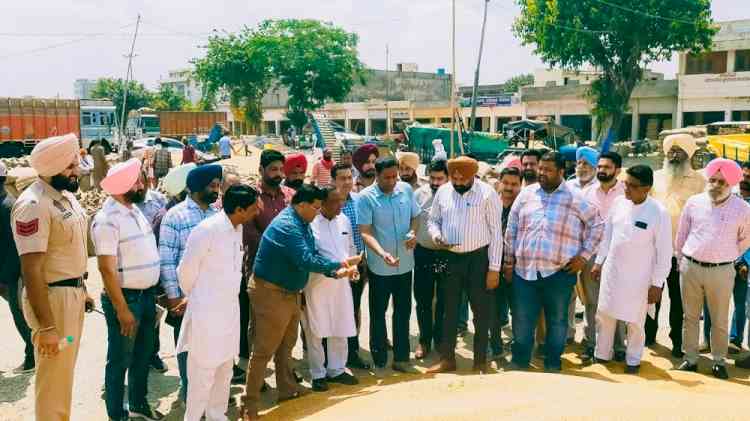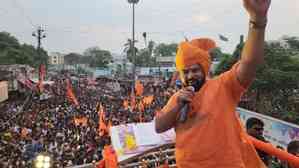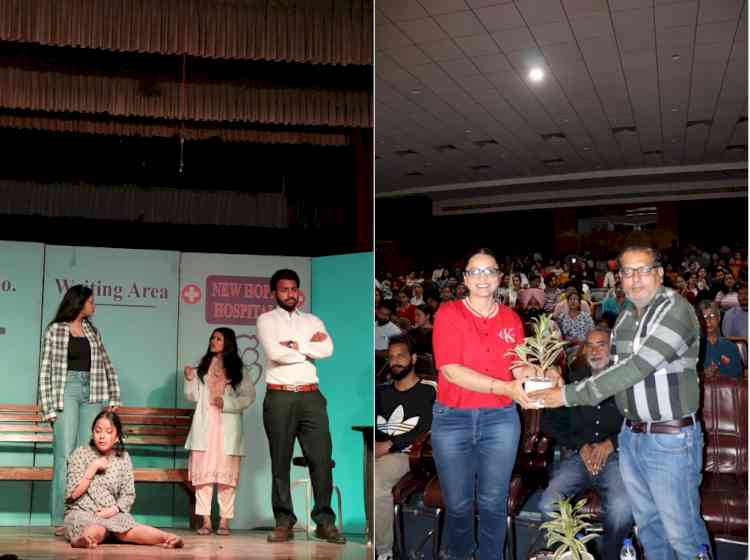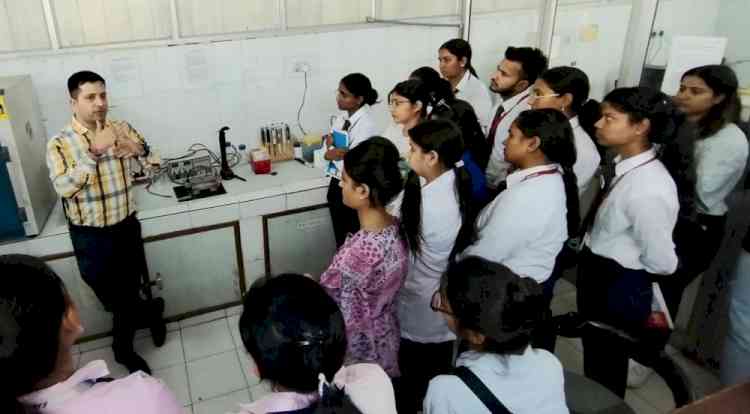Project Nanhi Kali Launches Teen Age Girls Report

First and largest survey that highlights what it really means to be a teenage girl in India; 74,000 teenage girls surveyed in over 600 districts across all 30 states of India
Chandigarh, October 25, 2018: Investing in education, health, and livelihood opportunities for young women creates powerful ripple effects that benefit future generations and positively impact the economy and society.
There are 80 million teenage girls in India today. However, there is a critical data gap about how our girls are doing, their dreams and aspirations, does she feel dignified and safe? Does she have access to education, clean drinking water, sanitation?
The Teenage Girls (TAG) Report 2018, is the nation’s report-card that reveals what it really means to be a teenage girl in India. It is brought to you by Project Nanhi Kali, and compiled by Naandi Foundation, with grant support from Mahindra & Mahindra Ltd.
Key Highlights:
Education and Marital Preferences
Indian teenage girls showed promising outlook with the strong similarity in rural and urban data being particularly noteworthy, as it largely breaks away from the common perception of rural India in this context. The findings are:
· 81 percent of teenage girls are currently studying
o Of the teenage girls who were still studying, Andhra Pradesh, Kerala, Telangana and West Bengal scored the highest, with 100 percent of the respondents saying they hadn’t given up their education
o Nearly 78% of rural girls are currently studying compared to 87% of urban girls, highlighting how education is of importance across the country
· 96 percent of teenage girls are unmarried
o There is barely any difference in the percentage of rural girls who are unmarried (95.5%) compared to urban (96.6%)
· 70 percent wish to pursue higher studies
· 74 percent wish to work after their studies and have a specific career in mind
o Career aspiration is as strong in rural girls (71.8%) as in urban girls (80.2%)
· In rural, as well as urban India, 73 percent of girls aspire to marry only after they are 21 years old, by which time they would expect to be earning a living
Health & Well Being
· 40 percent of teenage girls are still having to defecate in the open
· 46 percent use unhygienic materials during menstruation
o Only 46.3% of the rural girls surveyed had access to hygienic methods of menstrual protection
· One in every two teenage girls is anaemic*
o Normal levels of haemoglobin are almost the same in both urban (51.5%) and rural (46.8%) girls, highlighting that the situation across the country is worrisome
· One in every two-teenage girls has a low Body Mass Index (BMI) **
o Similarly, just about half the population of both urban (50.5%) and rural (44.6%) girls have a normal BMI
The survey findings have been used to prepare a TAG Index which compares the performance of each state on status of their teenage girls. It can be considered as a roadmap for policy makers, researchers, activists and the ordinary citizen of India. According to the Index, Kerala and Mizoram are the top two states, while the top three cities are Mumbai, Kolkata and Bengaluru.
Manoj Kumar, CEO, Naandi Foundation added, "TAG Report shines the spotlight on the aspirations and challenges of 80 million teenage girls of India. This opens up a huge opportunity for us as a nation. It is upon all of us to take action. #ListenToHer"
The TAG Report was born out of the realisation that more needs to be done to ensure these girls grow up to be confident, informed, self-reliant, and independent young women. Project Nanhi Kali will leverage these findings to explore new opportunities that will enable these girls to live their aspirations. It aims to educate a total of 500,000 girls within the next three years.
Anand Mahindra, Chairman of the Mahindra Group, said, “There was a pressing need to understand our teenage girls better. The extensive network of Project Nanhi Kali and the Naandi Foundation enabled the collection of critical and meaningful insights. I am confident that the TAG Report will serve as an important reference document for those in both the public and private sectors that are working towards the upliftment of girls and women across the country.”
Renowned freestyle wrestler Geeta Phogat, ace shooter Heena Sidhu and mountaineer Poorna Malavath were felicitated at the launch of the TAG Report as Nanhi Kali icons, to recognise their remarkable achievements in the world of sports that has put India on the world map.
TAG Survey Methodology
The TAG Survey tool was the result of an intensive ideation exercise, that involved teenage girls from across the country, organizations working with girls, research experts, gender experts, specialists in sociological and anthropological studies, as well as lawyers and mental health specialists.
The resultant survey tool was then honed through field testing in different parts of the country. This phase also included taking consent, the measurement of height, weight and haemoglobin levels. In parallel, a sampling strategy and plan was developed by the lead statistician of the survey, which laid out the process of sampling which would be random in nature and present data at the state level.
The survey tool and all the related documents were then translated into 12 languages. This was followed by a phase of surveyor training, which involved 5 days of classroom training where the surveyors were taken through each question - the objective of asking it, and the correct way of asking it.
This was followed by 3 days of field practice in which surveyors went into the field and collected data as though they were in the midst of the real survey. The survey tool was installed on a 7-inch touchscreen tablet with 1 GB Ram and 8 GB internal memory and 8 hours of battery backup, and data was collected on these tablets.
Finally, the all women team of 1,000 surveyors crisscrossed the country and met 74,000 teenage girls across 600 districts, in all 30 states of India. This digital platform for data collection helped to complete interviews quickly, and vastly reduced the possibility of errors. It also eliminated the need for a separate data entry operation. The survey findings have been analyzed, data vetted and compiled into a comprehensive report.

 cityairnews
cityairnews 
















